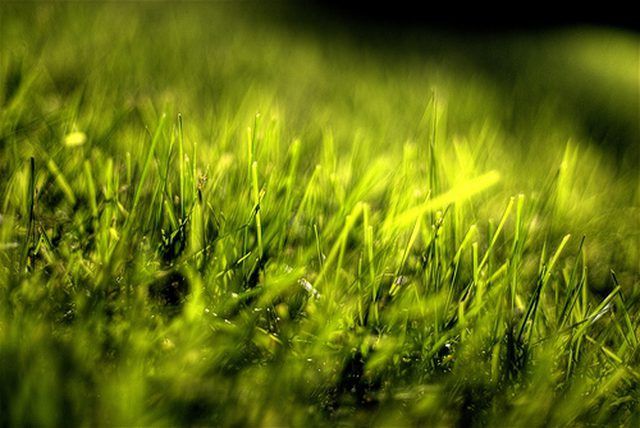Bulbs
Flower Basics
Flower Beds & Specialty Gardens
Flower Garden
Garden Furniture
Garden Gnomes
Garden Seeds
Garden Sheds
Garden Statues
Garden Tools & Supplies
Gardening Basics
Green & Organic
Groundcovers & Vines
Growing Annuals
Growing Basil
Growing Beans
Growing Berries
Growing Blueberries
Growing Cactus
Growing Corn
Growing Cotton
Growing Edibles
Growing Flowers
Growing Garlic
Growing Grapes
Growing Grass
Growing Herbs
Growing Jasmine
Growing Mint
Growing Mushrooms
Orchids
Growing Peanuts
Growing Perennials
Growing Plants
Growing Rosemary
Growing Roses
Growing Strawberries
Growing Sunflowers
Growing Thyme
Growing Tomatoes
Growing Tulips
Growing Vegetables
Herb Basics
Herb Garden
Indoor Growing
Landscaping Basics
Landscaping Patios
Landscaping Plants
Landscaping Shrubs
Landscaping Trees
Landscaping Walks & Pathways
Lawn Basics
Lawn Maintenance
Lawn Mowers
Lawn Ornaments
Lawn Planting
Lawn Tools
Outdoor Growing
Overall Landscape Planning
Pests, Weeds & Problems
Plant Basics
Rock Garden
Rose Garden
Shrubs
Soil
Specialty Gardens
Trees
Vegetable Garden
Yard Maintenance
Types of Weeds in the Lawn
Types of Weeds in the Lawn. There are several types of weeds that can attack your lawn and diminish curb appeal. A basic understanding of the types of weeds will help you to determine what creeping green pests are invading your turf.

There are several types of weeds that can attack your lawn and diminish curb appeal. A basic understanding of the types of weeds will help you to determine what creeping green pests are invading your turf.
Grass-like
These perennial weeds are the hardest to distinguish because, upon initial viewing, they actually look like grass. However, the difference is that they have stems that are triangular. Examples include wild onions and yellow nutsedge.
Spring Annuals
You will typically see these weeds sprout up during the early spring. Prime examples include chickweed, speedwell and henbit. To prevent these annuals, avoid fertilizing during cool months, mow grass high and rake in the summer to eliminate the creeping stems for these weed types.
Summer Annuals
Crabgrass is a lawn-conscious homeowner's worst enemy. This summer weed, along with purslane and wood sorrel, can quickly take over a lawn. The best prevention is avoiding fertilization in the summer and to bag grass clippings when you mow, especially when the seed heads for the weeds are visible.
Spring Perennials
Active in the early spring, weeds like clover, violets, ground ivy and dandelions tend to spread rapidly across a lawn. It's a good idea to rake out the creeping stems of these weeds and then mow the grass short afterward. These weeds tend to re-root from stems to promote spreading, so dispose of what you rake/mow.
Summer Perennials
Summer perennial weeds tend to spread when your beautiful cool-season turfgrass weakens in summer heat. To keep these weeds from spreading, you need to remove roots and all. It's also important that you mow turfgrass high to help it retain moisture and stay strong.